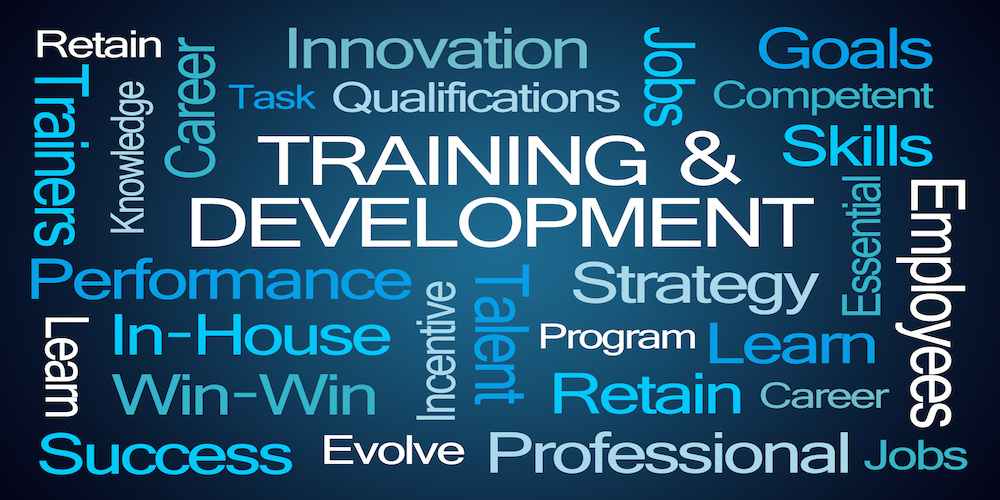It’s no secret in automotive retail, fixed operations that average sales per repair order measured as hours sold per repair order have remained stagnant in our industry for some time. Factory paid scheduled maintenance, the quality of the vehicles, the time or mileage between services (among other factors) have all contributed to less sales opportunities in the service drive. With all this downward pressure on sales per repair order, how do you take John Q. Advisor from the 1.5 average per repair order advisor to 1.8, 2.0 or even 2.5?
Here are 3 action steps for you and your team to change the average 1.2 or 1.5 advisor into someone who consistently hits 2.0 hours sold per repair order. The best place to start is not with John Q., but with what you have done to get him up to speed. We start here because we have total control over all the conditions, the processes, the training, the management and the time we expend on John Q. to help him meet performance metrics.
Start by answering these 10 questions:
- Have I clearly defined the performance standards the employee must meet, and have I clearly communicated those requirements to him or her?
- Have I measured those standards on an ongoing and regular basis and coached or counseled the employee based on their individual performance?
- Have I made training available?
- Have I determined that the employee has been completely trained in their duties?
- Have I observed the employee in the performance of their duties?
- Have I determined that the employee has been allowed to perform the duties of their job?
- Have I determined that the employee can perform the duties of their job?
- Have I determined that the employee won’t perform the duties of their job?
- Have I met with the employee and discussed their performance, attitude and behavior?
- Have I made the best decision possible given the circumstances surrounding the employee and their performance and their attitude?
Answering these 10 “Have I” questions in the order they are presented will give you a complete and total picture of the advisor and their performance exactly as you have lead them. It is a self-diagnostic tool to determine where you can make changes and improve your team’s performance with a self-prescribed series of action steps you can take to correct John’s performance.
Let’s give it a try.
Haven’t spent any time coaching John Q.? Start a daily coaching session on his previous days results.
Haven’t provided training? Train him. Haven’t observed him and watched his service sales process? Get out there on the service drive for a couple of days and make observations.
Keep working your way down this self-diagnostic list. And then lather, rinse, repeat. If you do this for every advisor, in a relatively short period of time you will have corrected conditions that prevent your advisors from achieving service sales metrics. This self-diagnostic tool pinpoints exactly what action steps you need to take to get John Q. moving in the right direction. If increasing sales per repair order is your goal, then use this tool to get to work on the things you have direct control over.
The second step is how you communicate to John what changes are necessary to improve John’s performance. And that starts with positive confrontation of the facts and effective communication of the expectations. Keep in mind that there are many variations of leadership styles. You might identify as one the four basic styles; authoritarian, paternalistic, democratic or laissez-faire. Each has strengths and weaknesses regarding how effective they are as communicators. Realize that communications are the currency of leadership. It’s how we get things done.
While it might have been okay 25 years ago to be authoritarian and uncommunicative, you cannot lead that way today. There is nothing wrong any of these styles if you practice positive confrontation and effective communication. Positive confrontation is the conversation you have regarding the facts surrounding John’s performance. If you want an increase in hours per repair order you must be able to talk to John about what you have observed and why you think he is struggling in sales. That needs to be based on facts.
“John, for the past 2 days I have observed you working with 22 service customers. In those 22 encounters, 7 times you did not perform a walk-around, 15 times you did not present a maintenance menu and for all 22 you did not explain the multipoint inspection process. Is there some reason you are not following the service drive sales process?”
Positive confrontation is not about blame, it is a fact finding behavioral change mission to confront John about his performance and tell him what is keeping his sales numbers below minimum standards. Effective communication means listening to what problems John has in carrying out the service sales process and telling him what steps you are going to take to get him the support he needs to succeed. Closing the loop is letting him know what the standards of performance he will be measured on from this point forward.
“John, let me be clear. From today my expectation is that every service customer will get a complete and thorough walk-around, a maintenance menu with the items they need based on time and mileage clearly explained to them and a complete explanation of the multipoint inspection process. Is there any reason you can’t meet that expectation?”
The last step revolves around rewards. There are so many ways people feel rewarded and validated that this could be a 10,000-word essay just on this subject. Rewards are just what the word means “something given in return for something done.” When John Q. hits new sales per repair order numbers, it is important to him and your team to see a reward for a job well done. This reward can take many forms. Monetary, parking perks, gift card, personal letter to John, escalation bonus plan…whatever fits your dealership and your team’s expectations.
The number one thing about rewards is it must be consistent. You may have an increase in performance and there may be a concerted effort to stay atop the leader board in hours sold per repair order by John Q., but once the reward program becomes inconsistent, the morale will fall and there will be hard feelings that may have lasting effects if John Q. is still working in the service drive. Inconsistent rewards programs are one of the contributing factors to employee churn. Ineffective managers are the number one reason people leave a dealership and a symptom of that disease is the “ever changing bonus plan.”
Helping John Q. Advisor change from a 1.2 or 1.5 HPRO average advisor to a 2.0 HPRO performance machine may seem like daunting task, but when you apply these 3 action steps and follow through on your commitment to making a change, you will have lasting results in service advisor sales per repair order performance.
About the Author
Leonard Buchholz is a Leadership, Service Sales Process Coach and a former Marine. He wrote “200k in 200 Days” from his experience as a fixed operations trainer. He launched CarBizCoach in 2018. EMAIL: [email protected].








